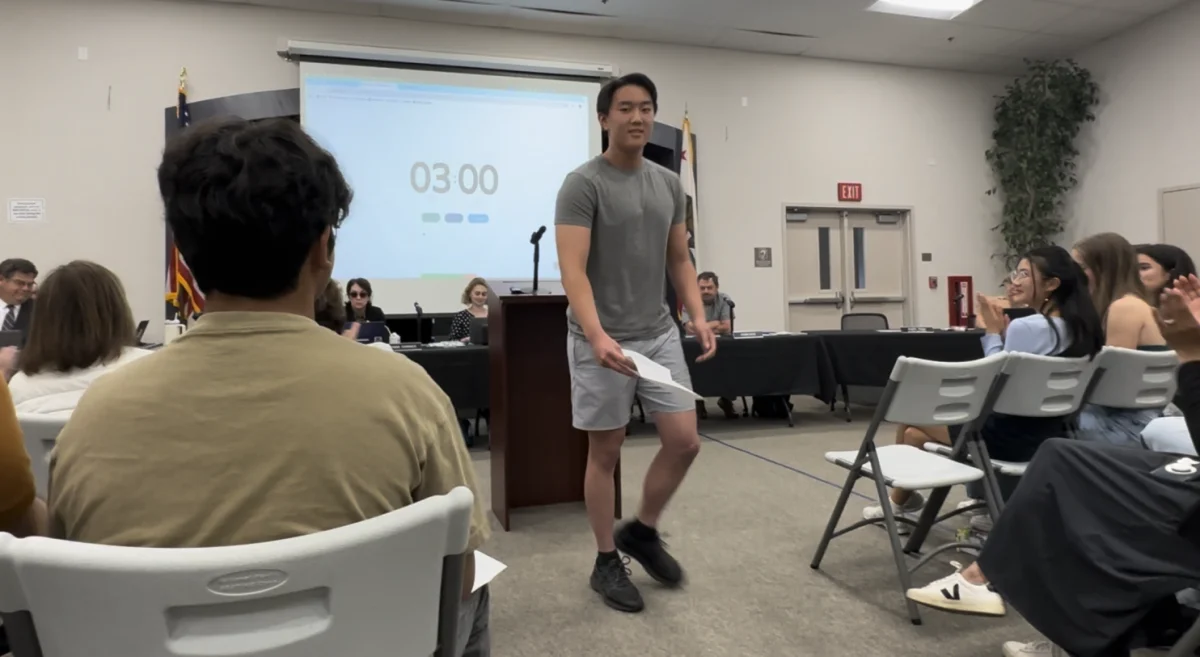‘History repeats itself.’ Universally true, it is only as relevant as the application to the present that it provides. The issue faced by history classes today is how to connect the past of Europe and America to the complex world we live in today. It may seem difficult to equate Jefferson’s stance on federal government to the differences between Romney and Obama’s position on federal rights. The links between history and modern events, however, are the vital connections that engage students and help them interpret the world around them.
The textbooks used in the History Department provide information and establish the main facts. To give history class real significance, it is not only the right, but the responsibility of the teacher to open up the history covered in class to interpretation; in doing so they may provide new perspectives on current events.
“I do feel that connecting the past to the present is important because otherwise history is relatively meaningless,” history teacher Michael Messner said. “Just hearing about the past and not seeing how it has repercussions … may be interesting, but its not engaging.”
Interpretation can be a highly controversial grey area, and not everyone is in favor of it, including lawmakers who specifically try to eliminate perceived bias. There are those who argue that students don’t have the capacity to differentiate fact from opinion. Legally, instructors are forbidden from expressing their political views in an educational setting. According to California Education Code 7054, instruction must “constitute a fair and impartial presentation of relevant facts.” One stance is that opinions may preclude individual interpretations. If students are given the thinking associated with interpretation, they will not do it themselves or question the thinking provided.
The solution to this predicament is a thoughtful introduction to interpretation that facilitates discussion, turning opinions into opportunities for dialogue. As the course evolves, the teacher should begin to infer and interpret the text alongside the students. By increasing the ratio of opinion to fact as the material nears the modern world, students can see the connection between the past and the present. This is not illegal because the opinion is kept separate from fact.
With history so prone to repetition, it enhances the students’ understanding when they are able to interpret the events in a modern context. Opinion provides that meaningful connection, making what would otherwise be just a fact in the grand scheme of history a point of reference for our modern lives.
As the instructor makes clear his opinion, students learn to make their own interpretations of, for example, the 10th Amendment and states’ rights. Then they take this opinion, in conjunction with the opinion of their instructor, to read into and evaluate decisions, actions or events in our modern world.
“I think it’s helpful [to have teachers interpret the text] because it means that someone who has been trained to think about these things has thought about them and is able to share that with students,” Messner said.
There are cases in which interpretation and opinion can damage the classroom. If the instructor forces students to recognize and believe in their personal opinions, individual thought and analysis is controlled. If students are uncomfortable sharing their opinions, the system could potentially restrict the very connections that interpretation serves to make. It is the duty of the instructor to craft an open and intellectual environment for ideas and opinions to be shared.
“What I think can be harmful is if [teachers]…say that this is my opinion, you have to agree with me,” Messner said.
This system of gradual bias has two distinct advantages. The first, which may be more obvious, is that students learn how to tell fact from opinion, a crucial skill that can help students for years to come. The second advantage is more subtle. By interpreting the text, the teacher creates a natural connection to present-day issues. By voicing his or her opinion on the relative success of the Monroe Doctrine, an instructor could ask the class about their opinion and where they see both the influences on their opinion and the implications of their belief. This bridge can permit students to link the past and present, and these are the connection we must make.








